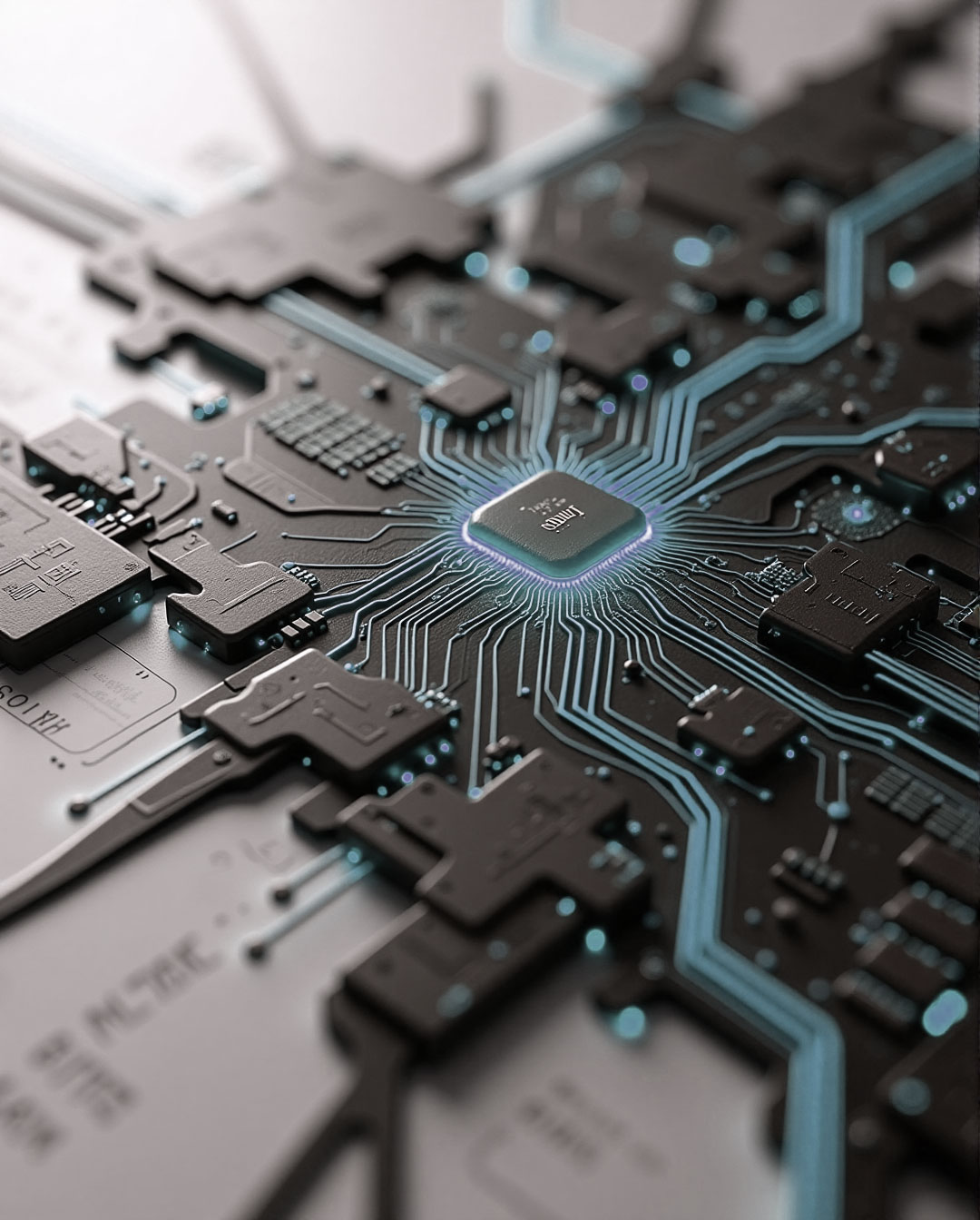In 2025, artificial intelligence has taken a leap forward with a flurry of innovative models reshaping the technological landscape. This year’s releases, driven by fierce competition and a push for specialization, highlight advancements in reasoning, multimodality, and affordability, transforming industries and everyday life.
OpenAI started strong with o3-mini, launched in January, a compact reasoning model excelling in STEM tasks like coding and math. Priced for accessibility, it set the tone for efficiency-focused releases. Later, GPT-4.5 arrived in February, boasting enhanced chat capabilities for ChatGPT Pro users. Google countered with Gemini 2.5 Pro Experimental in March, a reasoning titan for web app development, and Veo 2, a video generation model integrated into YouTube Shorts, rivaling OpenAI’s refined Sora Turbo.
Chinese firms stole the spotlight with cost-effective innovation. DeepSeek’s R1, a 685-billion-parameter reasoning model, debuted in January, matching GPT-4o’s prowess at a third of the cost. Its successor, DeepSeek-V3, added multimodal flair, processing text and images with precision. Baidu’s ERNIE X1, launched in March, offered autonomous tool use and rivaled R1 at half the price. MiniMax’s visual-language model achieved 94.7% accuracy in visual question-answering, targeting technical fields.
Anthropic’s Claude Sonnet 3.7 introduced hybrid reasoning, letting users tweak processing time, while xAI’s Grok 3 leveraged real-time X data to shine in math and science. Smaller players like Alibaba’s Qwen2 and Cohere’s Aya Vision prioritized multilingual accessibility.
These 2025 models signal a shift to practical, specialized AI, blending power with efficiency. As the race intensifies, the focus is on real-world impact—making AI not just smarter, but more usable than ever.

